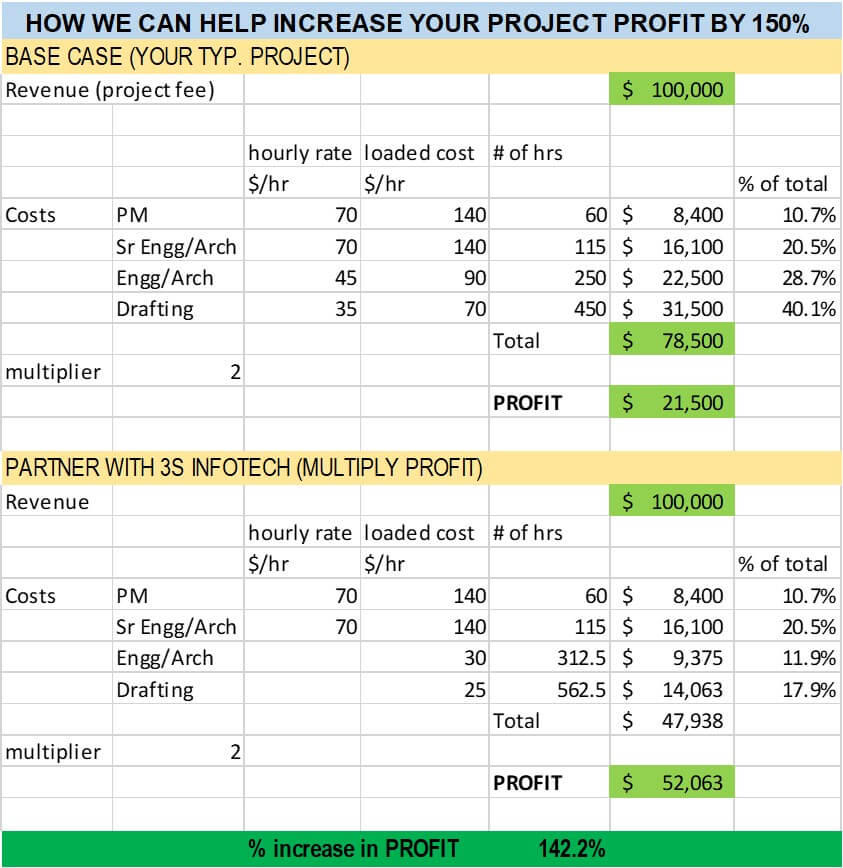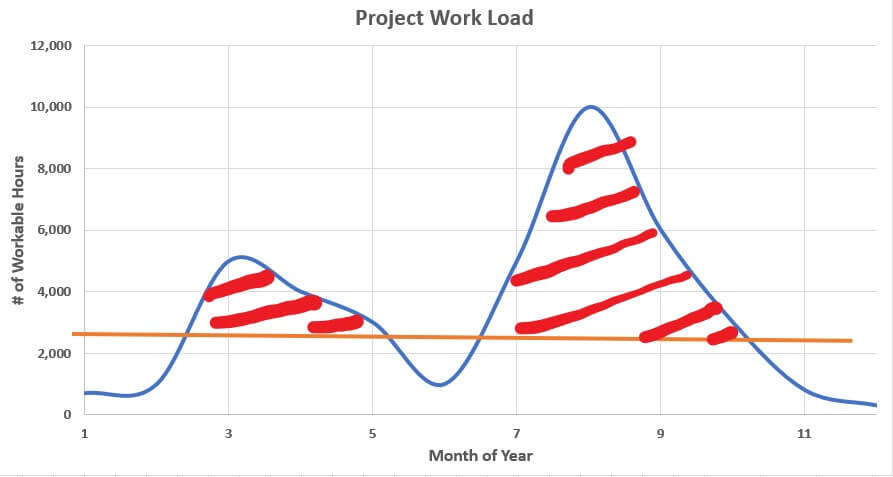TYPES OF MOTOR ENCLOSURE DEFINED BY NEMA
The part of an electric motor that protects the motor from contaminants in the environment in which it is operating, and prevents people from touching it, is called the motor enclosure. Motor enclosures are necessary for the following reasons:
1. They protect the motor against foreign bodies and severe conditions.
2. They Protect the inner parts of the motor.
3. They protect the operating personnel from live parts of the motor such as winding terminals, slip rings, brushes, etc.
OPEN DRIP-PROOF (OPD)
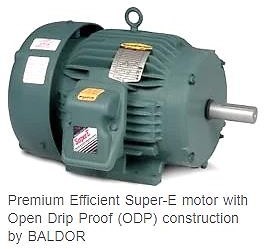
These enclosures are resistant to liquids entering the machine from a 0-15° angle from the vertical. While relatively cheap, ODP enclosures offer very little protection against airborne dust, moisture, and contamination. This type of enclosure allows air to flow through the motor, so particulates are easily introduced. Bearings, rotors, and windings are open to contaminants that can cause a myriad of issues. These motors should only be used in an environment free from airborne contaminants.
TOTALLY ENCLOSED FAN COOLED (TEFC)
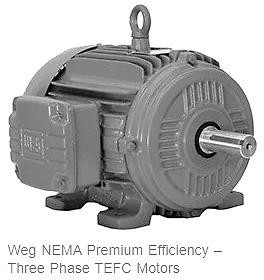
- It prevents the free exchange of air between the inside and outside of the frame but does not make the frame completely airtight. A fan is attached to the shaft and pushes air over the frame during its operation to aid in the cooling process.
- The ribbed frame is designed to increase the surface area for cooling
- The TEFC style enclosure is the most versatile of all. It is used in pumps, fans, compressors, general industrial belt-drives, etc.
- All motors placed outdoors should be TEFC severe duty rated or higher.
- Motors exposed to airborne contaminants (dirt, ash, paper, etc.), frequent variation, and the greater stress of the process industry should be replaced with severe duty as a minimum.
TOTALLY ENCLOSED NON-VENTILATED (TENV)
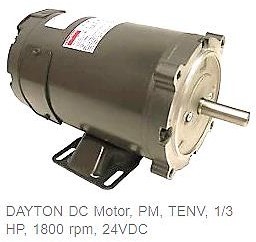
- Similar to TEFC, but lacks a cooling fan and relies on convection for cooling. It does not have vent openings and is tightly enclosed to restrict the free exchange of air, though not completely airtight.
- These enclosures are suitable for applications exposed to dirt or dampness but not highly moist or hazardous (explosive) environments.
TOTALLY ENCLOSED AIR OVER (TEAO)
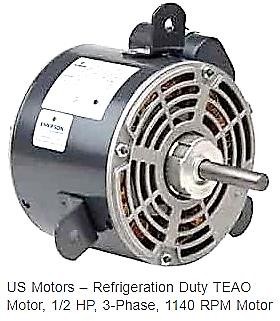
- Dust–tight fans and blower-duty motors designed for shaft-mounted fans or belt-driven fans. The motor must be mounted within the airflow of the
- This motor enclosure does not have a fan. It is used in applications where it already receives sufficient airflow, such as in the plenum of an AC/heating system.
TOTALLY ENCLOSED BLOWER COOLED (TEBC)
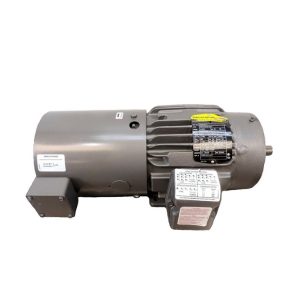
- Similar to TEFC, except that the motor body is cooled by a separate blower fan, enabling the motor to be fully cooled while operating at any speed.
- This type of enclosure is suitable for variable-speed operations or applications that involve frequent stops and starts.
EXPLOSION – PROOF ENCLOSURES (XP)
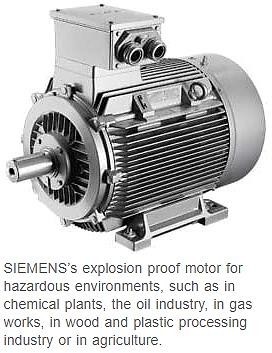
- The explosion-proof motor is a totally enclosed machine designed to withstand an explosion of specified gas or vapor inside the motor casing and prevent ignition outside the motor caused by sparks, flashing, or explosion.
- These motors are specifically designed for hazardous environments, such as atmospheres containing gases or hazardous ducts. To ensure safe operation, the maximum motor operating temperature must be below the ignition temperature of the surrounding gases or vapors.
- Explosion-proof motors are designed, manufactured, and tested according to the rigorous requirements of Underwriter’s Laboratories.
CONCLUSION
The NEMA classifications for motor enclosures provide a standardized system that enables users to select the appropriate level of protection for electric motors based on their operating environments. This ensures the longevity, reliability, and safety of motors, leading to optimal performance and operational efficiency in a wide range of industrial, commercial, and residential applications.


